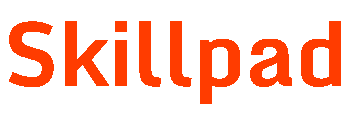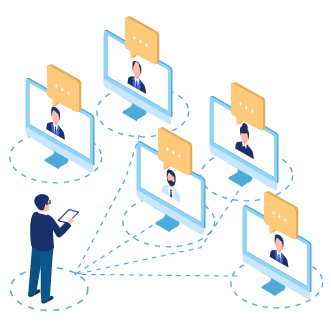In today’s fast-paced and interconnected world, the way we work has transformed dramatically. The traditional 9-to-5 office model is being replaced by flexible, technology-driven approaches to doing business. One of the most ground-breaking trends in this evolution is BYOD, or “Bring Your Own Device.”
In this blog, we’ll delve into the meaning of BYOD, its advantages, challenges, and best practices, while exploring how it can reshape the future of work.
What is BYOD?
Bring Your Own Device (BYOD) is a workplace policy that allows employees to use their personal devices- be it smartphones, tablets, laptops, and even desktops—to perform work-related tasks. BYOD gives employees greater control over their work environment while offering companies opportunities for innovation and cost savings.
Here are some benefits of BYOD –
1. Cost Savings
For organizations, BYOD can lead to significant reductions in hardware expenses. Instead of purchasing and maintaining company-owned devices, businesses can rely on employees to use their own devices, slashing IT budgets and operational costs.
2. Enhanced Employee Satisfaction
Allowing employees to use their preferred devices fosters a sense of trust and respect for their personal choices. This autonomy often leads to improved morale, increased productivity, and stronger employee engagement.
3. Flexibility and Work-Life Balance
BYOD supports remote work, enabling employees to work from any location. This flexibility enhances work-life balance, making it especially appealing to millennials and Gen Z professionals who prioritize adaptable working arrangements.
4. Increased Productivity
Employees are often more efficient and comfortable using familiar devices, which can lead to faster workflows and better results. BYOD eliminates the learning curve associated with company-issued hardware.
As good as it sounds, everything has a drawback, and so does the concept of BYOD, here are some –
The Challenges of BYOD
While BYOD offers numerous advantages, it also introduces challenges that businesses must address:
1. Security Concerns
Combining personal and professional data on a single device increases the risk of data breaches. Companies need robust security protocols to protect sensitive information from cyberattacks.
2. Data Privacy Issues
Striking a balance between protecting company data and respecting employee privacy is critical. Employees may be hesitant to share access to their personal devices for security monitoring.
3. Compatibility Problems
The diversity of devices and operating systems in a BYOD environment can create compatibility issues. Businesses may need to invest in cross-platform solutions to ensure seamless integration.
4. Data Management Complexity
Managing, backing up, and securing data across multiple personal devices is far more complicated than handling a standardized fleet of company-owned hardware.

Best Practices for a Successful BYOD Policy
To maximize the benefits of BYOD while minimizing risks, organizations should follow these best practices:
1. Develop Clear BYOD Policies
Create and communicate comprehensive BYOD policies that outline acceptable use, security protocols, and guidelines for handling company data on personal devices.
2. Implement Mobile Device Management (MDM)
Use MDM software to enforce security measures, such as remote wiping of lost or stolen devices, and to ensure compliance with company standards.
3. Educate Employees
Provide regular training on cybersecurity best practices and the importance of safeguarding company data. Awareness programs can significantly reduce risks associated with human error.
4. Conduct Regular Security Audits
Continuously review and update BYOD policies to address evolving threats. Perform routine audits to ensure compliance and identify potential vulnerabilities.
5. Offer IT Support
Provide robust IT support for employees using personal devices. This includes assistance with setup, troubleshooting, and ensuring compatibility with company systems.
The Future of BYOD
As remote work becomes more prevalent, BYOD is poised to play an even greater role in shaping the workplace of tomorrow. Emerging technologies like cloud computing, artificial intelligence, and enhanced cybersecurity tools are making BYOD more viable and secure than ever. Companies that embrace BYOD now will be better positioned to attract top talent, optimize resources, and stay competitive in the digital age.
Conclusion
Bring Your Own Device (BYOD) represents a paradigm shift in how businesses operate. By offering flexibility, cost savings, and enhanced employee satisfaction, BYOD policies can unlock new levels of productivity and innovation. However, to fully harness its potential, organizations must address the associated challenges with clear policies, advanced security measures, and continuous employee education.
As the workplace continues to evolve, BYOD stands out as a forward-thinking approach to meeting the demands of modern business. Is your organization ready to embrace the BYOD revolution?












